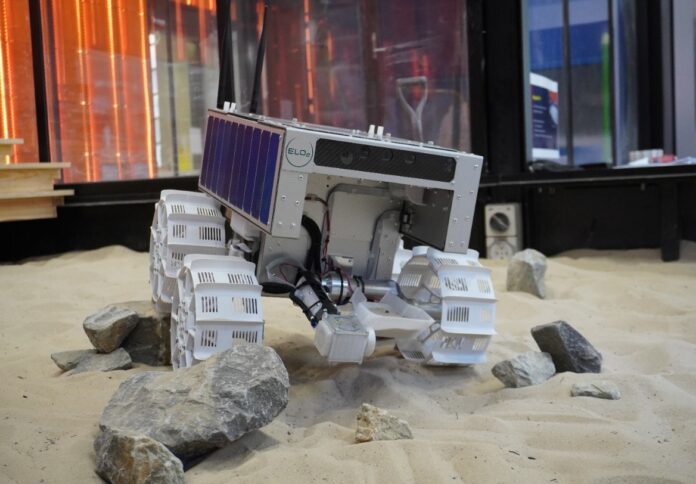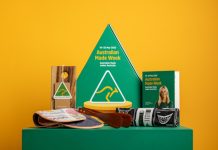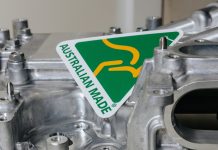
Adelaide will be the stage for the unveiling of the pioneering ELO2 Consortium’s lunar rover prototype, showcasing Australia’s potential to contribute to future NASA Artemis missions to the Moon.
The ELO2 rover prototype, aptly named ELO2, is engineered to collect and transport lunar regolith (Moon soil) to a NASA facility on the Moon.
There, the regolith will be processed to extract oxygen, a critical technology for sustaining human presence on the lunar surface, and to produce rocket fuel essential for future missions to Mars.
Set to traverse both lunar and Martian-like terrain in Adelaide, the ELO2 rover will be operated remotely through Lunar Outpost’s cutting-edge Stargate software, providing a comprehensive demonstration of its capabilities.
Designed, built, and tested within a remarkable three-month timeframe, this working rover epitomizes the collaborative efforts of Australian universities and industries.
The ELO2 Consortium, supported by funding from the Australian Space Agency’s Moon to Mars Trailblazer Program Stage 1, aims to deploy a rover named Roo-ver on the Moon as part of a future NASA Artemis mission.
Spearheading the design and integration processes from its Melbourne headquarters, Lunar Outpost Oceania collaborated with RMIT University’s Space Industry Hub and Advanced Manufacturing Precinct to manufacture the rover structure.
The ongoing testing and evaluation of the rover are being conducted by Queensland-based EPE and The University of Adelaide.
In addition, Adelaide-based Inovor provided the electrical power system, while Element Robotics, a startup from Melbourne, contributed to capability and autonomy systems.
The University of Melbourne’s Space Laboratory conducted thermal analysis, with systems engineering support from Northrop Grumman Australia.
BHP offered expertise in excavation, while The Australian National University Institute for Space (InSpace) supported the development of communications subsystems.
VIPAC is responsible for conducting various flight qualification tests at facilities across Australia, and Titomic, also based in Melbourne, will provide specialty flight part manufacturing if the ELO2 design is selected for Stage 2.
Joseph Kenrick, ELO2 technical director at Lunar Outpost Oceania, underscored the significance of showcasing the rover’s capabilities at the Australian Rover Challenge in Adelaide.
The event serves as a platform for university students nationwide to gain hands-on experience in rover design, mirroring the requirements for lunar exploration.
ELO2’s rapid progress, from the initial prototype delivery in December 2023 to the unveiling of an enhanced working model, underscores the consortium’s commitment to agile development methodologies.
Ben Sorensen, ELO2 Consortium Director from EPE Oceania, highlighted the creation of over 40 new jobs thus far, with the potential for more than 150 additional jobs if awarded the next phase of the Moon to Mars Trailblazer Program.
“ELO2’s work is developing critical technologies essential to support the productivity and competitiveness of Australian industries and our collaboration with international partners,” he noted.
During the testing phases, the ELO2 rover is set to travel across Australia in the upcoming months, visiting various test facilities.
Along its route, the rover will also make public appearances, providing valuable insights into the advancements, challenges, and discoveries associated with Australia’s lunar exploration efforts.
The rover’s first destination is Adelaide, where it will undergo testing in a simulated Martian crater and landscape featuring seven distinct geological zones at the Hamilton Space School in Mitchell Park.
Students from Hamilton Space School will have the unique opportunity to witness the lunar rover in action, experiencing the simulated Mars surface through the eyes of an astronaut as they observe the rover’s maneuvers.




















